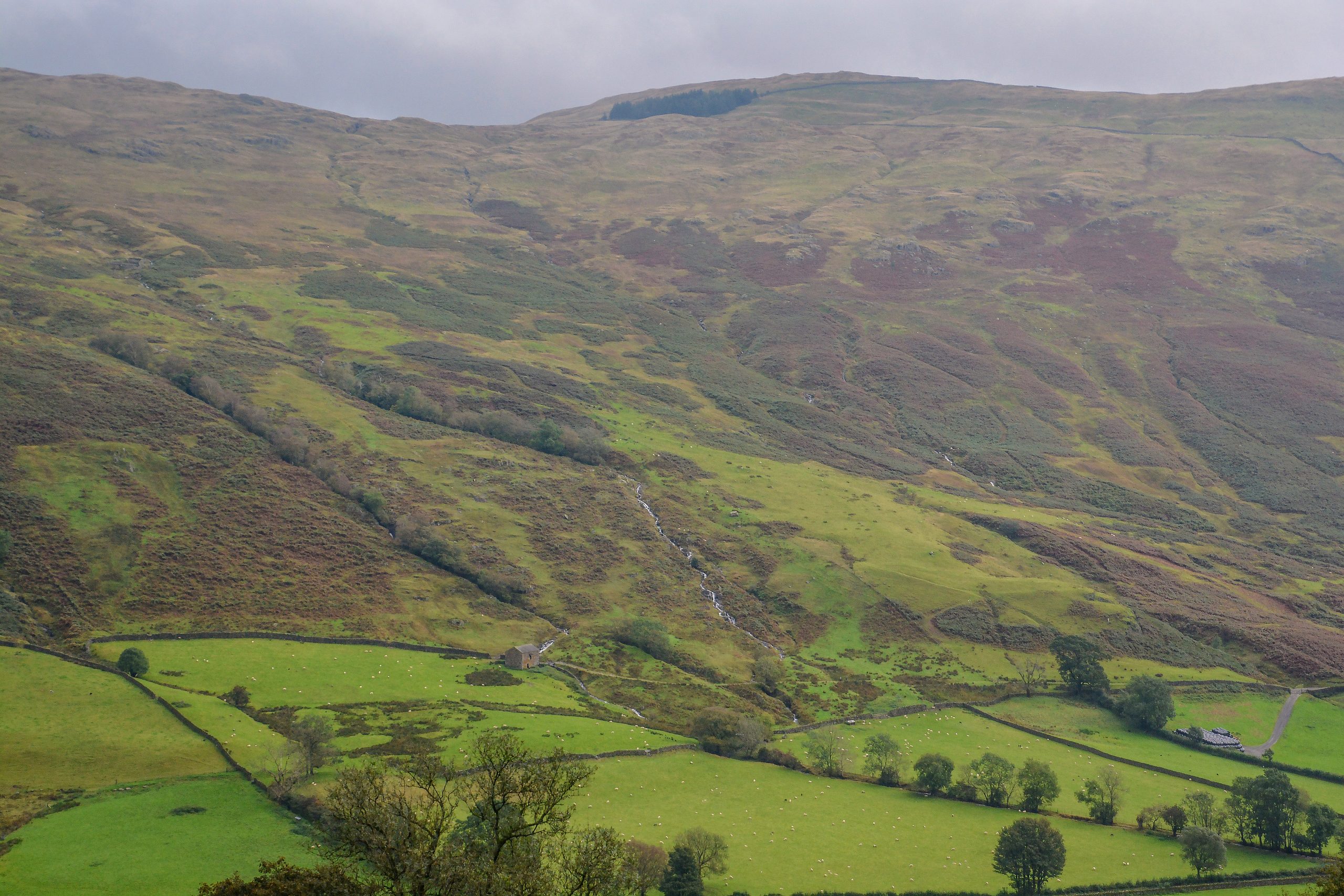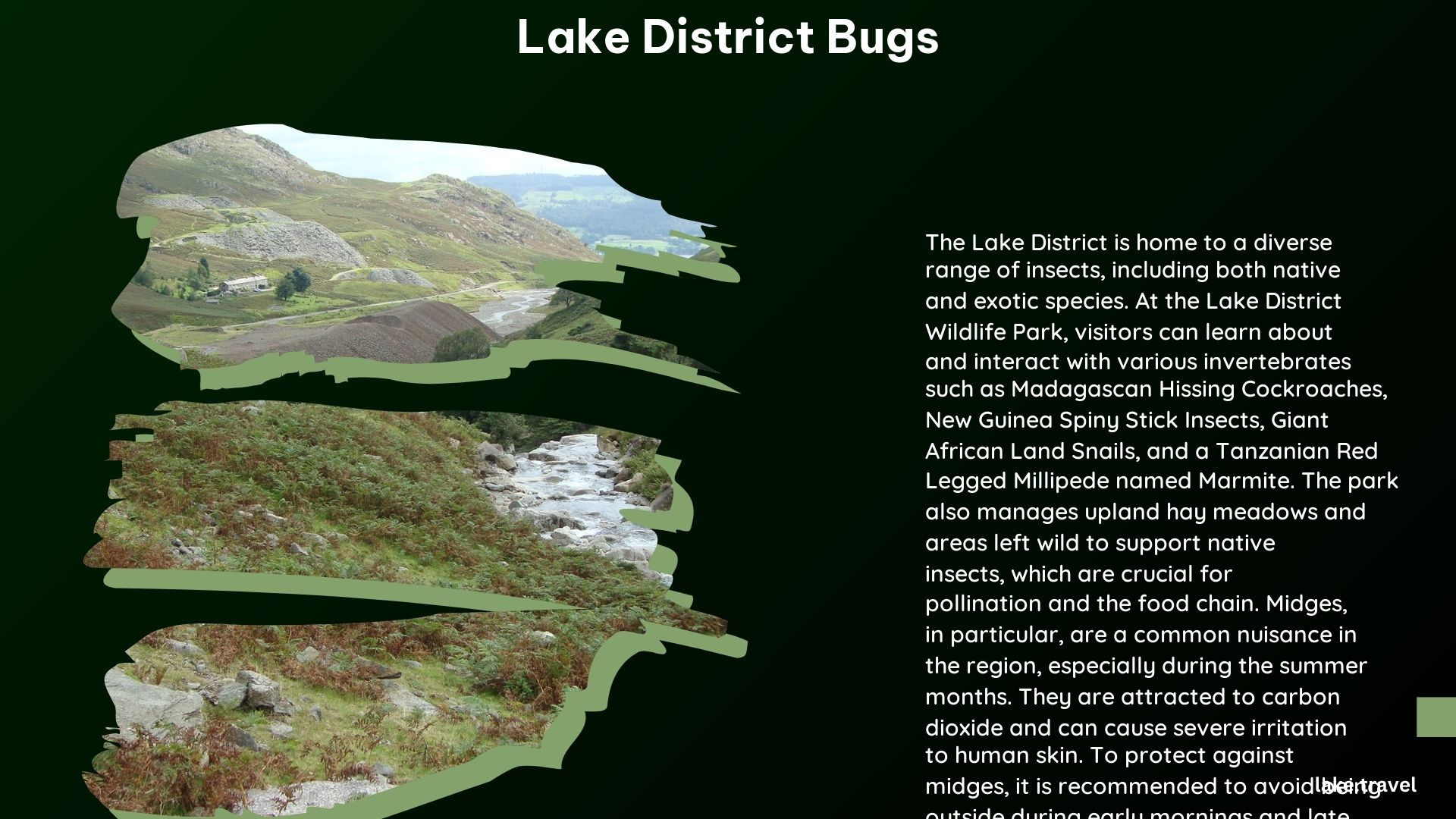The Lake District, a picturesque region in Cumbria, England, is renowned for its stunning natural beauty, but it’s also home to a diverse array of fascinating bugs. From the pesky midges to the intriguing shieldbugs, this blog post will delve into the world of Lake District bugs, providing you with essential information to enhance your outdoor adventures.
Are Midges a Problem in the Lake District?

Yes, midges are present in the Lake District, although their numbers are generally lower than in other parts of the UK, such as Scotland. These tiny, flying insects can be a nuisance to visitors, especially during the warmer months. Midges are attracted to warm, damp conditions and can be found in areas with bogs and grasslands.
Characteristics of Midges in the Lake District

Midges are small, measuring only 1-2mm in wingspan. They are known for their itchy bites, which can cause discomfort and irritation. Midges are most active during the early mornings and late evenings, and they are drawn to dark clothing and carbon dioxide.
Worst Time for Midges in the Lake District
The peak season for midges in the Lake District is typically between mid-May and early September, with the highest activity levels occurring from late June to early August. This coincides with the warm and humid weather conditions that midges thrive in.
Other Fascinating Bugs in the Lake District
In addition to the pesky midges, the Lake District is home to a variety of other intriguing bugs, including:
| Bug Name | Description |
|---|---|
| Horned Treehopper | A unique-looking bug with distinctive horns on its back |
| Red-and-Black Froghopper | A striking bug with a vibrant red and black color pattern |
| Gorse Shieldbug | A small, oval-shaped bug that lives on gorse plants |
| Hairy Shieldbug | A shieldbug with a distinctive hairy appearance |
| Bronze Shieldbug | A metallic-colored shieldbug that blends in with its surroundings |
| Lesser Water Boatman | A small aquatic bug that lives in the region’s lakes and ponds |
| Common Froghopper | A common bug that can jump impressive distances |
| Rhododendron Leafhopper | A bug that feeds on the leaves of rhododendron plants |
Protecting Yourself from Midges and Other Biting Insects
To enjoy your time in the Lake District without being bothered by midges and other biting insects, consider the following tips:
- Avoid being outside during the peak midge hours, which are typically early mornings and late evenings.
- Wear bright, light-colored clothing that makes it harder for midges to spot you.
- Use effective midge repellents, such as Jungle Formula, Smidge, or Avon’s Skin So Soft Dry Body Oil.
- Wear a midge net over your face if necessary.
- Keep windows and doors closed to prevent midges from entering your accommodation.
Local Conservation Efforts
The Lake District Wildlife Park is actively involved in conservation efforts, managing upland hay meadows to support native insects and invertebrates. They also host an annual “Bug and Beastie Week” to educate visitors about the importance of these creatures in the ecosystem.
Visitor Experiences
Many visitors to the Lake District have reported encountering midges and other biting insects, particularly during warm and humid weather conditions. Some have found the insects to be a significant nuisance, while others have managed to minimize their impact using repellents and protective clothing.
References:
1. https://www.cumbriawildlifetrust.org.uk/wildlife-explorer/invertebrates/bugs
2. https://www.fodors.com/community/europe/midges-in-lake-district-163565/
3. https://www.countryfile.com/how-to/how-to-protect-yourself-against-midges-this-summer
4. https://www.reddit.com/r/wildcampingintheuk/comments/1dp4yij/2_nights_120km_through_the_lakes_my_feet_hurt_and/
5. https://www.lakedistrictwildlifepark.co.uk/news/zoo-diary-bugs-beasties/
